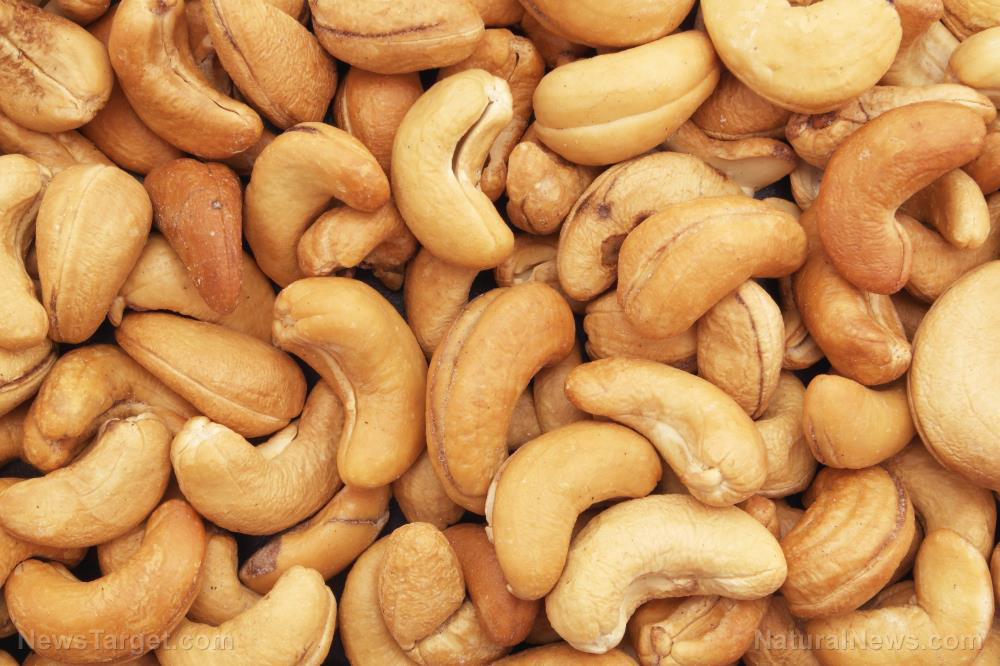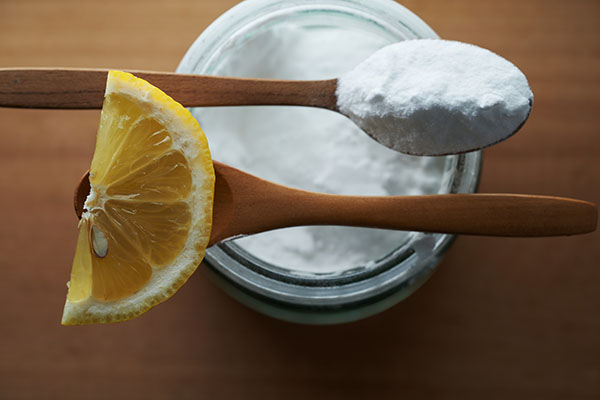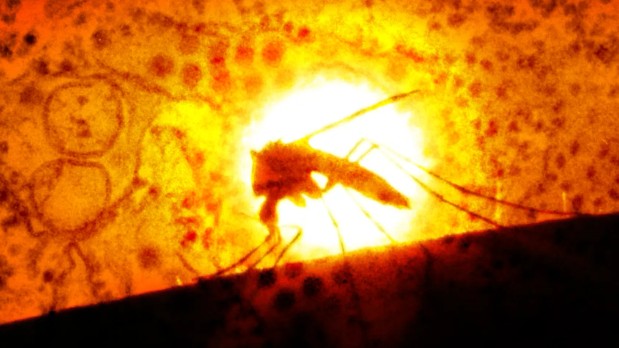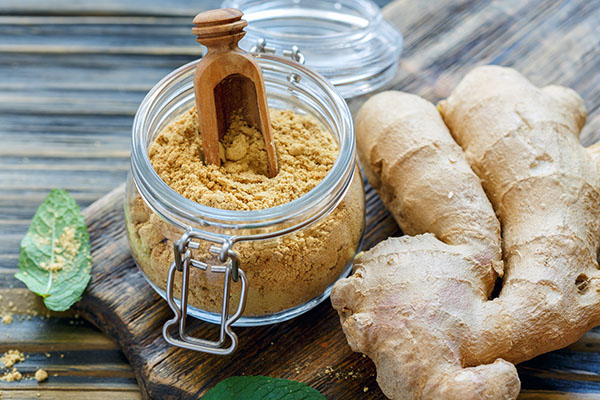Heavy metals in food are more common than you think – Learn how to protect your family from them
08/15/2025 / By Olivia Cook

- Lead, cadmium, arsenic and mercury can be in everyday foods, causing lasting harm to the brain, heart, kidneys and development – especially in children.
- Metals enter food through soil, water, packaging and processing – making exposure a daily risk.
- Even “low” exposure can cause irreversible effects in kids and chronic health problems in adults.
- Exposure can be lowered with varied diets, safe water, smart storage and detox-supporting foods.
- Affordable foods like broccoli microgreens and sprouts, cilantro, cruciferous vegetables, garlic and turmeric, plus home practices, like avoiding damaged cans and water filters, can help protect your health.
Another food recall just hit the headlines – this time it’s canned Parashore Pear Slices in juice, pulled from store shelves after tests found elevated levels of cadmium and lead. No one’s gotten sick yet, but that doesn’t mean the danger isn’t real.
Heavy metal contamination doesn’t work like food poisoning – there’s no quick stomach upset to warn you. Instead, these toxins can build up in the body for years, slowly harming the brain, heart and kidneys, especially in children.
And here’s the bigger problem: This isn’t an isolated slip-up. From infant formula to baby cereals to pantry staples, heavy metals are turning up in everyday foods far more often than most people realize.
Why heavy metals are a big deal
Some metals are essential in tiny amounts: copper keeps your skin and connective tissues strong, iron carries oxygen in your blood and zinc helps heal wounds. But toxic heavy metals are another story:
- Arsenic can contaminate groundwater and is linked to certain cancers, diabetes and heart disease.
- Cadmium, used in batteries, can damage lungs, kidneys and reproductive health.
- Chromium (VI), a byproduct of industry, harms kidneys, the respiratory system and is a known carcinogen.
- Lead from old paint, pipes and soil can permanently damage children’s brains and cause organ problems in adults.
- Mercury, found in some seafood and from industrial pollution, attacks the nervous system and builds up in tissues.
These metals “stick” in the body, binding to bones, brain tissue and organs for years, quietly undermining health.
Metals like cadmium and lead don’t just “pass through.” In children, even low, symptom-free exposure can lower IQ, slow speech development and affect behavior. In adults, chronic exposure has been linked to hypertension, kidney damage and certain cancers.
Symptoms, when they appear, can be vague: digestive issues, fatigue, headaches and irritability. By the time they’re obvious, some of the damage may be permanent.
A 2022 review in Frontiers in Nutrition found arsenic, cadmium, lead and mercury in many infant and toddler foods – from rice cereal to purées. Babies are especially vulnerable due to their size, developing brains and high food intake per pound of body weight.
But adults aren’t safe either. Lead can harm the heart and kidneys over decades. Cadmium can weaken bones and affect fertility.
Contamination often comes from “normal” farming and processing, not just “bad batches.”
- Grains like oats and quinoa can pick up cadmium.
- Old or damaged cans can leach metals into food.
- Rice absorbs arsenic from flooded fields.
- Sweet potatoes can pull lead from the soil.
Effective ways to reduce your risk
U.S. regulations on heavy metals in food are inconsistent. The Food and Drug Administration (FDA) has set limits for certain items, like arsenic in infant rice cereal, but for most foods, manufacturers set their own standards – and enforcement is minimal.
The FDA’s “Closer to zero” plan aims to reduce metals in baby foods, but many say it is moving too slowly. Meanwhile, metals are also showing up in everyday staples – canned goods, potatoes, rice and seafood. Heavy metals are naturally present in soil and water are added by pollution. They can be in fish, greens, household dust – even the air. But you can limit how much you ingest and help your body clear what gets in.
Research, including a 2019 review in the Journal of HerbMed Pharmacology, points to simple, low-cost habits that work.
Diversify your diet: Food as your first line of defense
Don’t over-rely on one grain or vegetable. Try to include the following in your diet:
- Leafy greens like beet greens, cabbage and spinach are antioxidant rich and provide anti-inflammatory effects.
- Herbs and spices like basil, cilantro, ginger, parsley, rosemary, thyme and turmeric provide antioxidant and detox support.
- Sulfur-rich vegetables like broccoli, Brussels sprouts and onions boost your body’s detox enzymes.
- Vitamin C foods like citrus, kale and red peppers protect cells from heavy metal damage.
Use natural detox helpers
These plants have evidence-backed potential to bind or neutralize heavy metals.
- Cilantro (Coriandrum sativum): The fresh leaves and stems of cilantro has long been used in folk medicine and some studies suggest it can help move lead and mercury out of the body. It may not be as potent as garlic or milk thistle, but it could be a useful sidekick, especially in combination with other herbs. (Related: The benefits of using cilantro.)
- Fruit fiber: Pectin, a soluble fiber in apples, citrus and other fruits, can latch onto heavy metals in the gut and carry them out in stool. Think of it as a “metal mop” for your intestines.
- Garlic (Allium sativum): Garlic’s signature smell comes from sulfur compounds – and those same sulfur molecules bind to metals like, cadmium, lead and mercury. Studies show garlic can help move these metals out of tissues and into waste for elimination. Better yet, garlic does double duty, aside from protecting the liver from cadmium damage. It is anti-inflammatory, heart-friendly and support immune health.
- Ginkgo (Ginkgo biloba): This ancient tree’s leaves contain antioxidants that neutralize the oxidative stress heavy metals cause. Ginkgo has shown promise in protecting the arteries and heart from lead damage, restoring antioxidant levels and reducing harmful byproducts in the blood.
- Green algae (chlorella): Is rich in chlorophyll, which can bind to lead and mercury. It has been used to help remove metals from bones, connective tissue and muscle – places heavy metals like to hide. (Related: Detox your body with chlorella.)
- Milk thistle (Silybum marianum): Best known as a liver protector, milk thistle’s active compound, silybin, can bind iron and help the body excrete it. In lab tests, silybin’s metal-binding ability rivaled some pharmaceutical chelators – without their harsh side effects. Pairing milk thistle with vitamin C may enhance its detox power, especially against lead.
- Turmeric (Curcuma longa): Turmeric’s golden pigment, curcumin, is both an antioxidant and a natural chelator. It can protect the liver from metals like arsenic, lead and mercury, while also reducing inflammation. Regular turmeric in cooking or as a supplement may provide slow but steady detox benefits.
Choose organic when possible
Organic isn’t metal-free, but often comes with lower pesticide load and overall toxin burden. Prioritize organic for frequently eaten foods.
Check your water
Lead and arsenic can come from pipes or groundwater. Reverse osmosis filters remove most metals.
Avoid damaged cans
Corroded or damaged packaging can leach metals into food. If home canning, follow USDA safety guidelines.
Control household dust
Contaminated soil, old paint or nearby traffic can add lead to dust. Wet mop and vacuum with a HEPA filter regularly.
In a world where contamination is often invisible, awareness is your first and most powerful filter.
Watch this video about how heavy metals are affecting your body and brain.
This video is from the Daily Videos channel on Brighteon.com.
More related stories:
Flush heavy metals from your body with these 10 natural detox foods.
Report: Toxic heavy metals found in some baby food.
Here’s how you can protect yourself against possible lead contamination.
Sources include:
Submit a correction >>
Tagged Under:
arsenic, cadmium, clean food watch, detox, food contamination, food science, food supply, garlic, Ginkgo, grocery, health science, Lead, mercury, natural cures, natural medicine, Naturopathy, poison, prevention, products, remedies, stop eating poison, tips, toxic chemicals, toxins, turmeric
This article may contain statements that reflect the opinion of the author





















